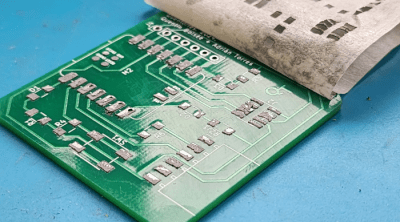If you have never heard of the Bellmac-32, you aren’t alone. But it is a good bet that most, if not all, of the CPUs in your devices today use technology pioneered by this early 32-bit CPU. The chip was honored with the IEEE Milestone award, and [Willie Jones] explains why in a recent post in Spectrum.
The chip dates from the late 1970s. AT&T’s Bell Labs had a virtual monopoly on phones in the United States, but that was changing, and the government was pressing for divestiture. However, regulators finally allowed Bell to enter the computing market. There was only one problem: everyone else had a huge head start.
There was only one thing to do. There was no point in trying to catch the leaders. Bell decided to leap ahead of the pack. In a time when 8-bit processors were the norm and there were nascent 16-bit processors, they produced a 32-bit processor that ran at a — for the time — snappy 2 MHz.


















